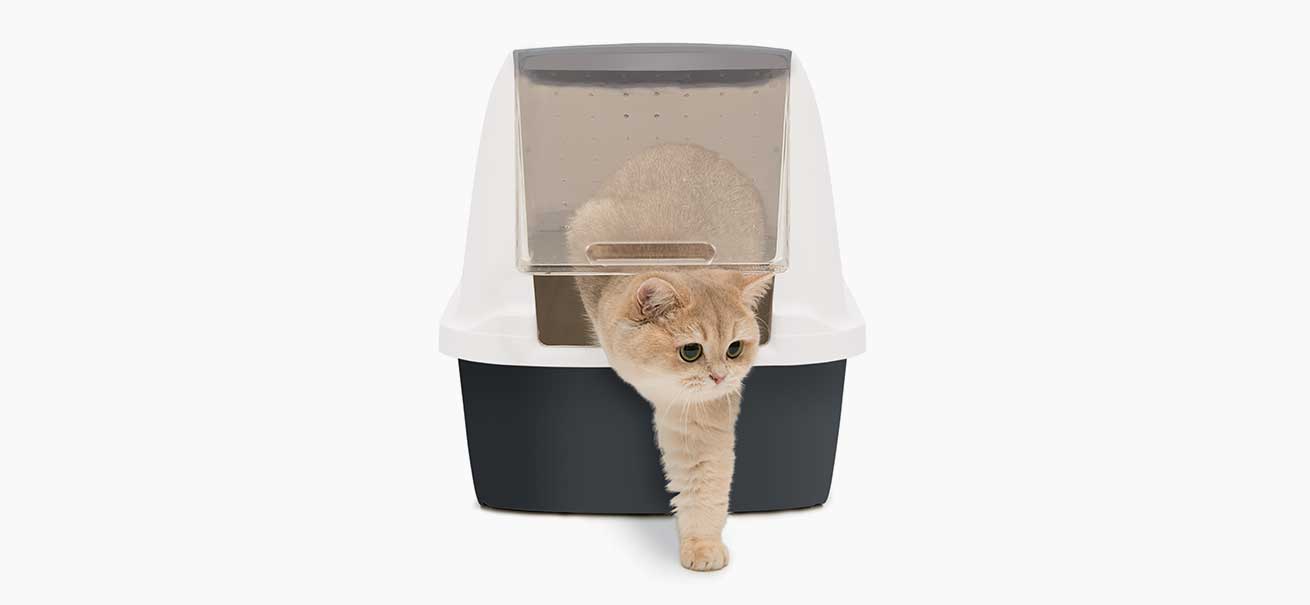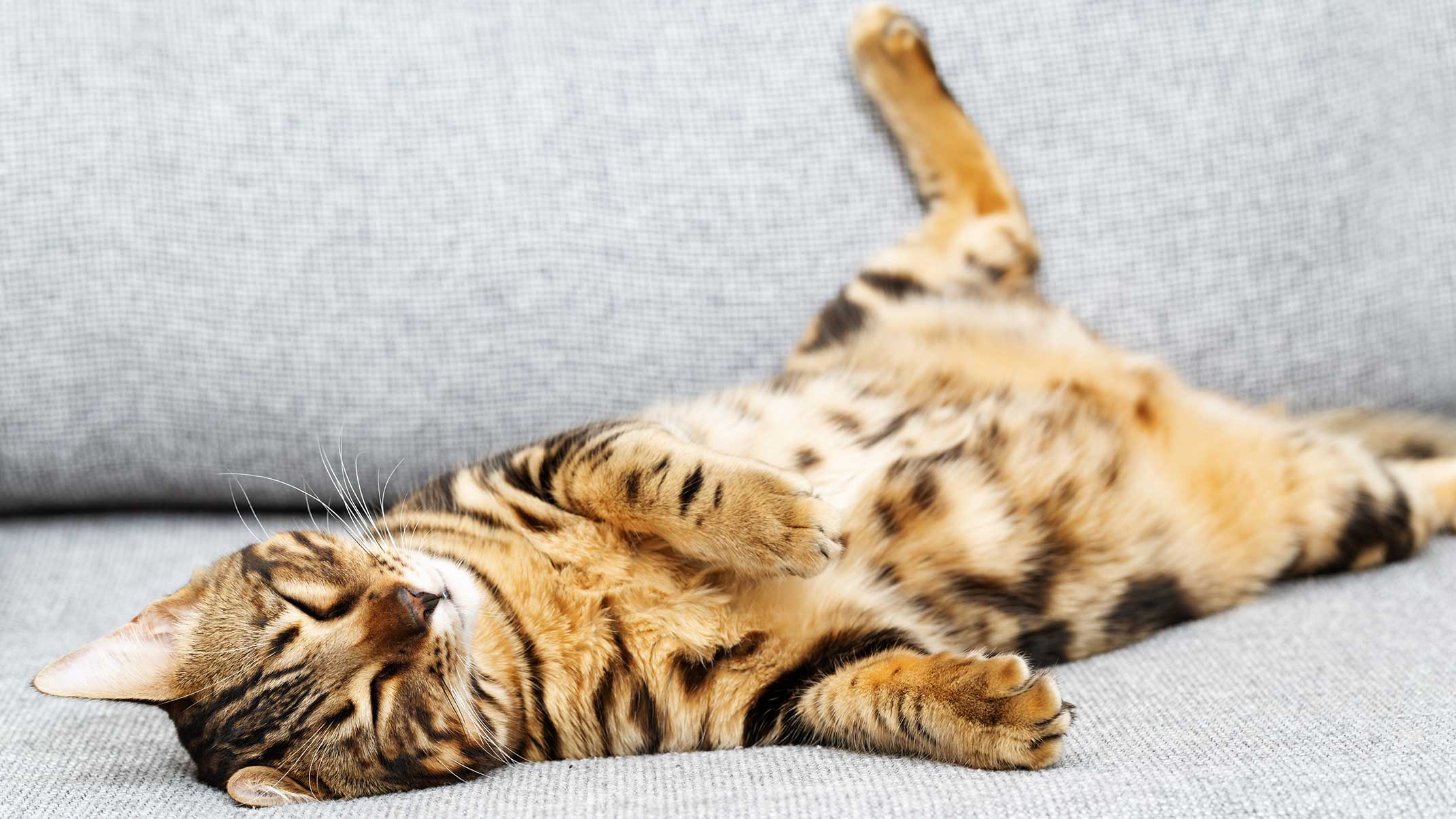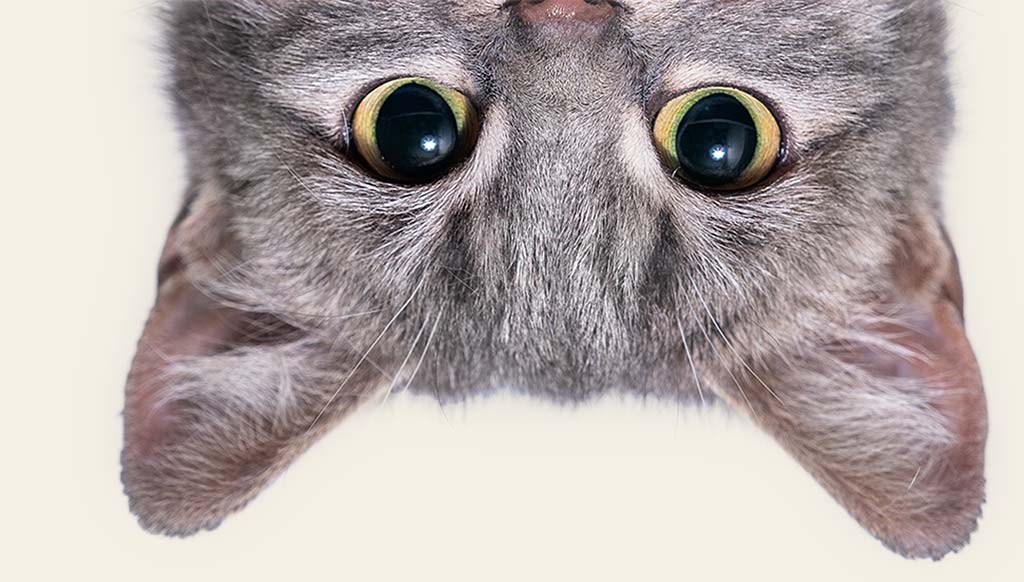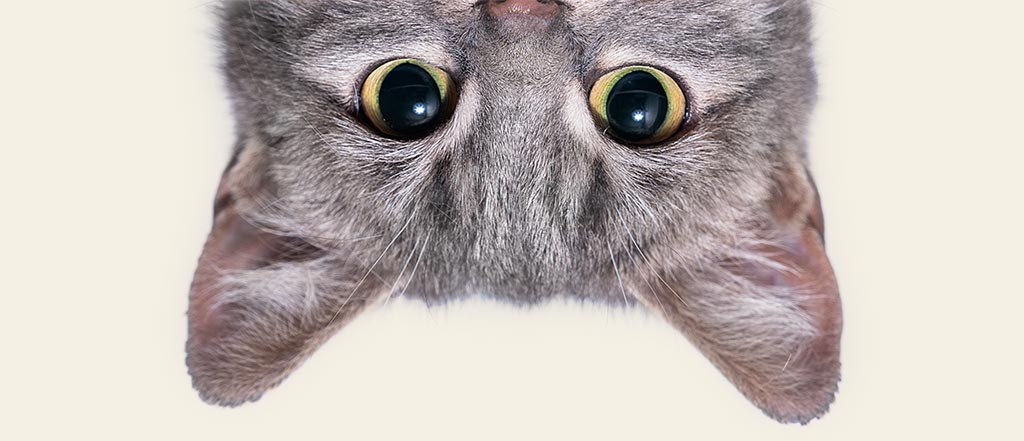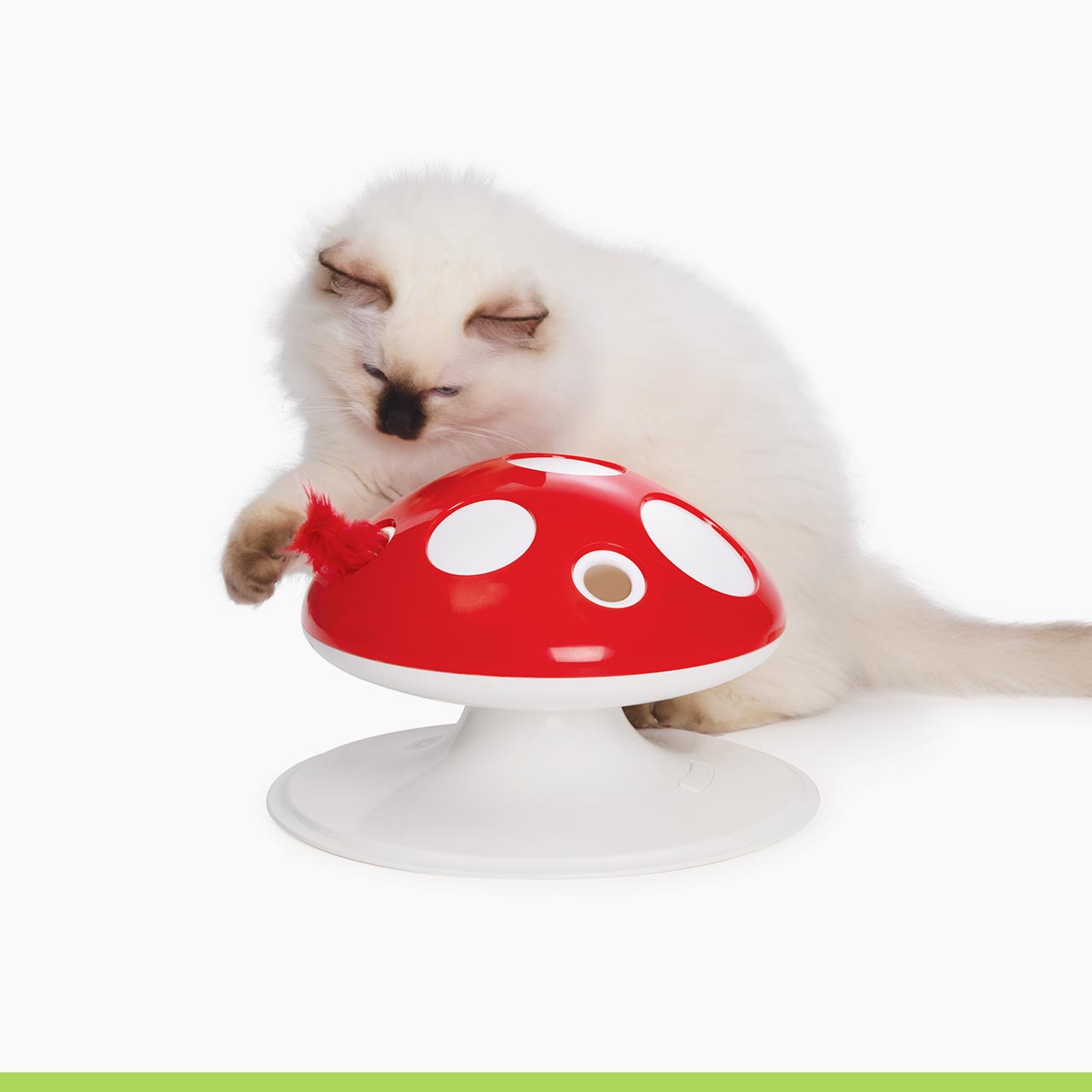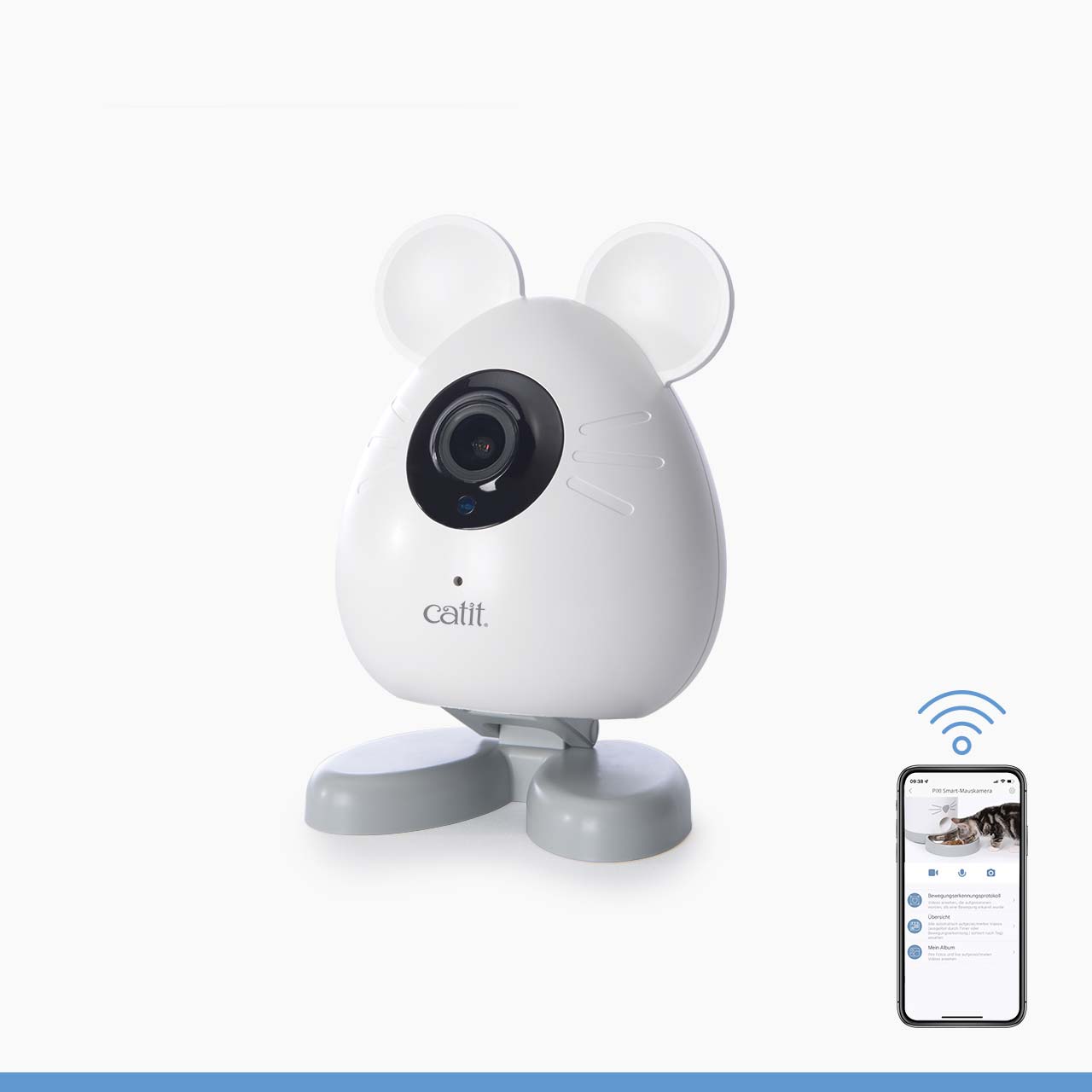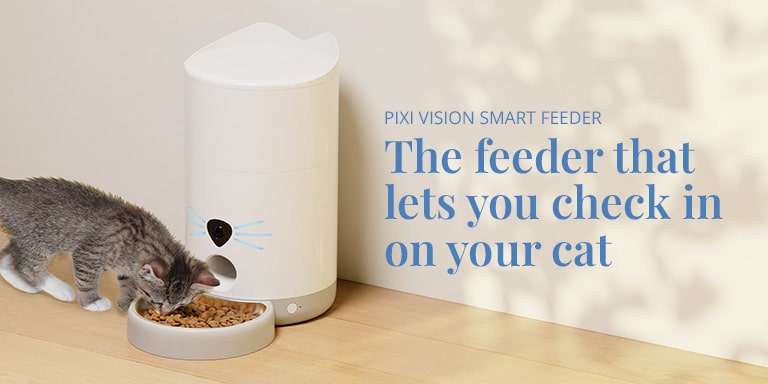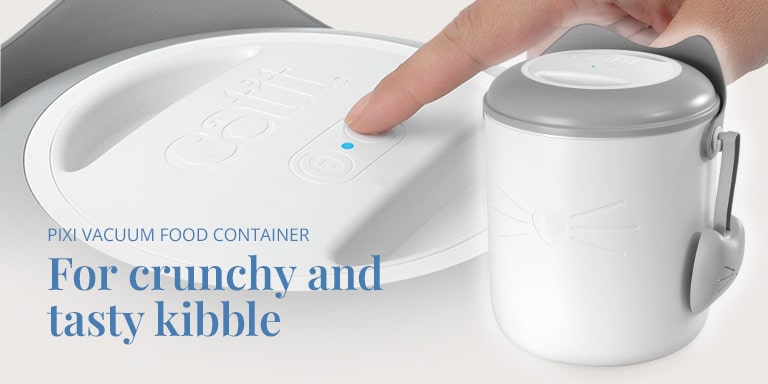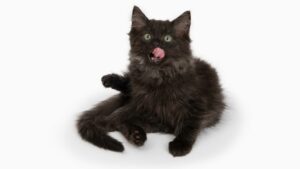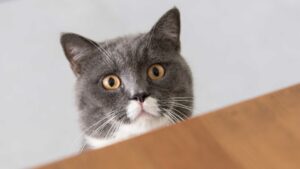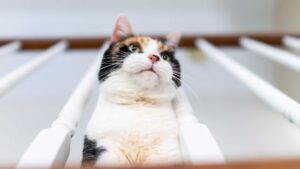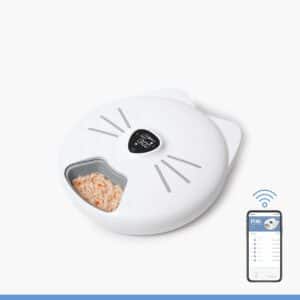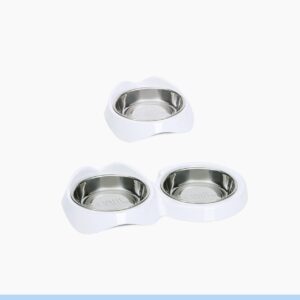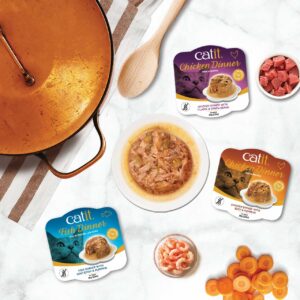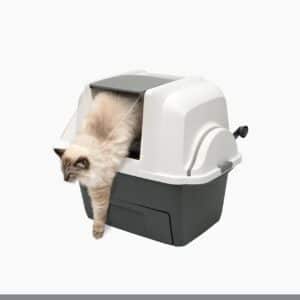In this article
The mouth and teeth
Cats have 30 teeth, divided into 16 upper teeth and 14 lower teeth. The most striking ones are the needle-like fangs called canines, which come in handy when grabbing, holding, and killing prey. In between these fangs sit teeny tiny teeth called small incisors. These help your cat to remove dirt and debris from their coat when grooming, and guide food towards the back of your feline’s mouth. There, we find the molars, which are used to grind food.
Relative to dog teeth, cat teeth are pretty small, especially the ones at the back of their mouth – the molars. This limited tooth size, along with the fact that their jaw doesn’t move sideways, makes it difficult for cats to chew food or even just bite large chunks into small pieces, so cats often just swallow their prey whole. Unlike humans, cats don’t have enzymes in their saliva that break down food, so the digestive process doesn’t start until food reaches the stomach.
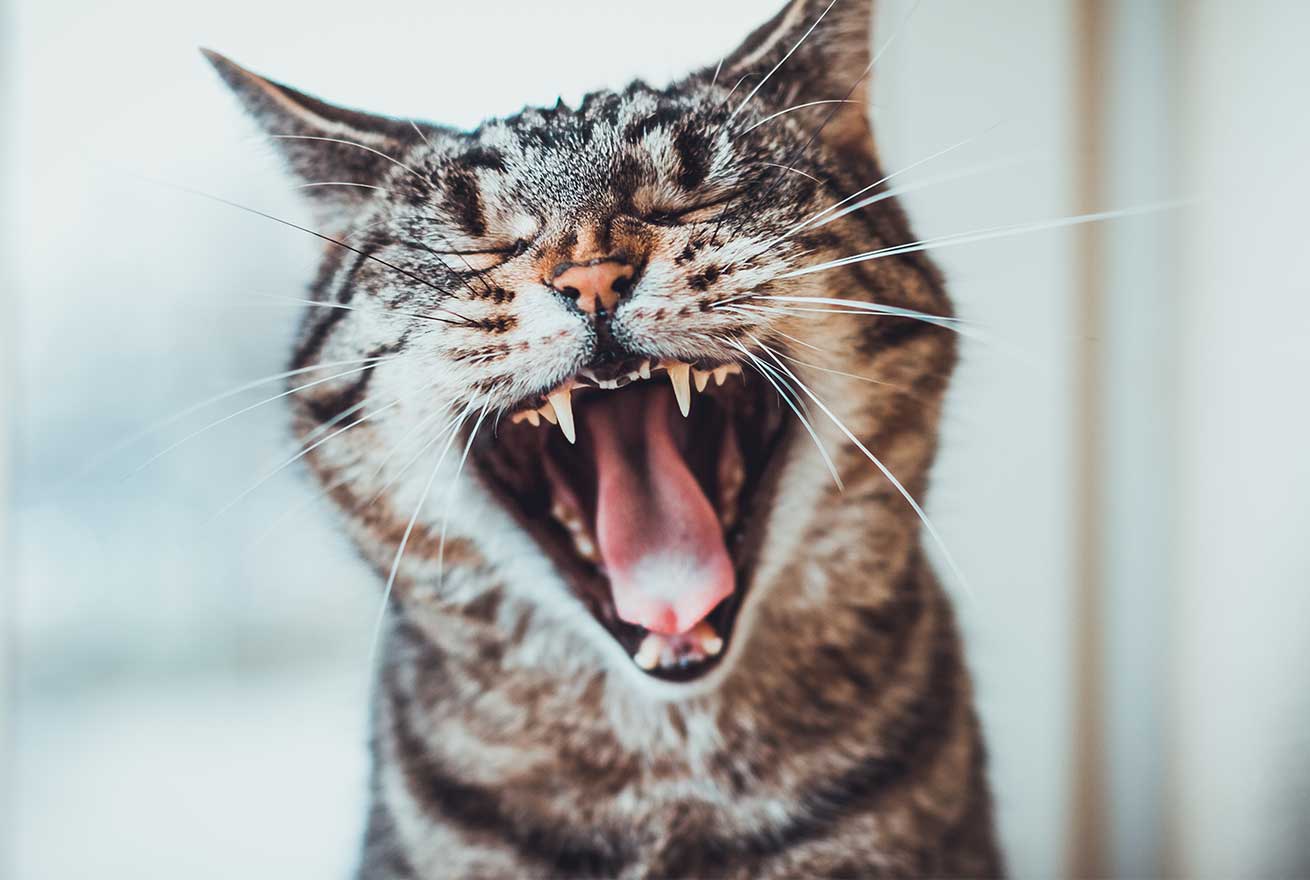
Never miss an issue of the FREE My Cat Exclusive digital magazine!
The stomach
Despite being known for swallowing their prey whole, cats have a relatively small stomach with the content of only 0.3 L. As a result, your feline is happiest eating small portions throughout the day. Did you know that adult cats in the wild eat about 17-20 mice per day? A cat’s stomach is highly acidic – pH 1.6, compared to pH 3.5 in humans – which helps in digesting food and killing off bacteria.
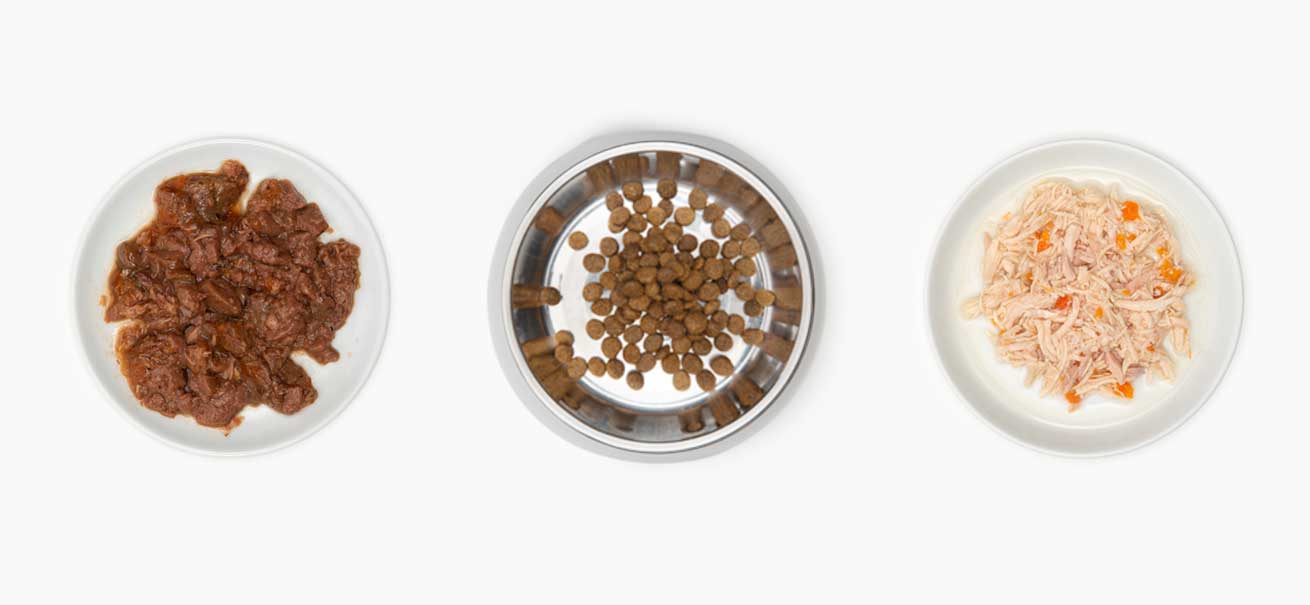
The small intestine
The small intestine is the part of the digestive system where most nutrients from your cat’s food are absorbed. The inner wall of this intestine is lined with millions of tiny bristles called villi, which increase the surface area of the bowel by 600 times. This remarkable feature isn’t even the only trick the small intestine has up their sleeve. The enzymes it produces are capable of fully digesting proteins, while pancreatic and bile juices contain even more enzymes, which aid in the further digestion of nutrients. The nutrients are then absorbed by the body as bowel movements press the mix of partially digested food and intestinal juices against the mucous membrane.

The liver and gallbladder
The liver is the largest organ in your cat’s body, making up for 2% to 4% of their total body mass. This organ breaks down, converts, and stores nutrients. In addition, the liver detoxifies the body and produces bile juice, which is then stored in the gallbladder – a balloon-shaped organ that’s connected to the first part of the small intestine. The gallbladder then passes on bile and other juices it produces on to the small intestine where they help dissolve fats so these can be absorbed by the body.
The pancreas
The pancreas is a small organ located between your cat’s intestinal tract and their left kidney. It has various important functions, one of them being to secrete hormones into the blood, including insulin. The pancreas also acts as a buffer for the acidic food slurry that comes down from the stomach, allowing the small intestine to process everything more gradually and effectively. Furthermore, the pancreas produces pancreatic juices and contains inactive food enzymes that are activated as soon as they are released into the small intestine.
The large intestine
After it passed though the small intestine, the food slurry enters the large intestine. Here, beneficial intestinal bacteria produce most of the vitamins your cat needs, which are then absorbed into the bloodstream along with salts, and transported to the liver. The large intestine also regulates the water content in your cat’s stool as otherwise your feline would end up with diarrhea. The longer food stays in the large intestine, the more water can be removed, and the duration of the stay is largely determined by the amount of indigestible plant fibers your cat ate.
